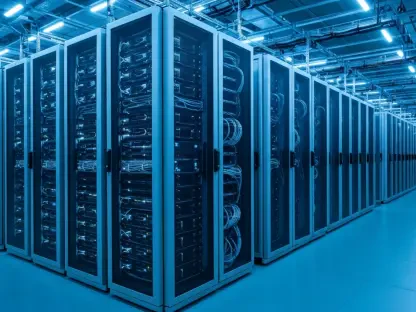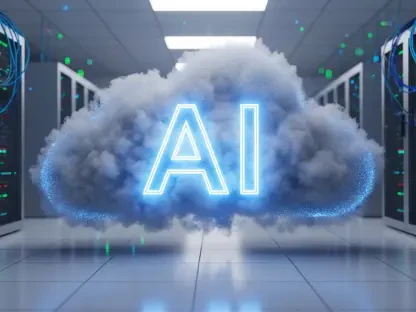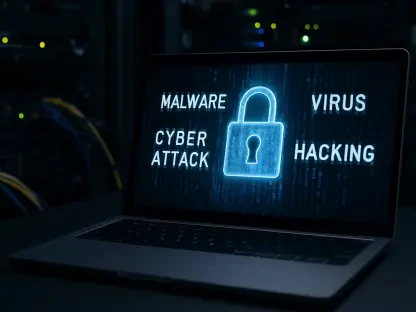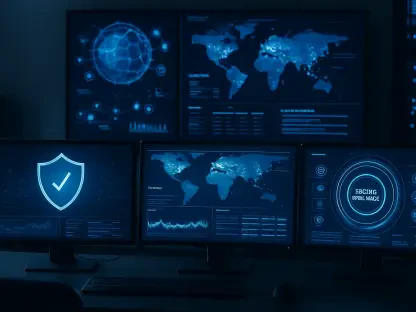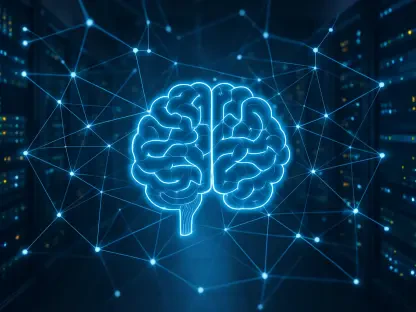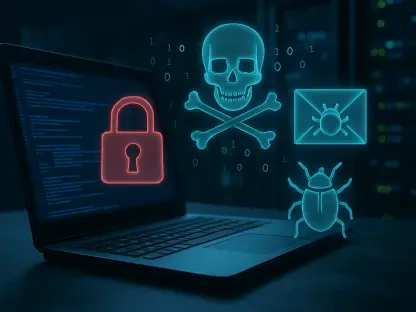Given that consumers, stakeholders, investors, and regulators are all becoming increasingly interested in adopting eco-friendly practices, it is likely that you, as a CTO, already recognize the significance of addressing modern demands.
Businesses are expanding their “green purchasing” choices and reevaluating their operations in response to this new reality—seeking to contribute to environmental preservation. In fact, large organizations count on their CTOs to inform and accelerate sustainability initiatives.
This article explores how CTOs can integrate sustainability into daily operations, procurement procedures, and IT infrastructures—while satisfying modern legislative requirements for sustainability.
Start reading to:
Examine the advantages of implementing more sustainable networking practices
Find out how to match these projects with your company’s objectives
Learn why monitoring sustainability measures is important
Pave the way to sustained success while contributing positively to the planet.
The Benefits of Going Green
Sustainable networking has proven to improve scalability and resilience—allowing for market flexibility and stakeholder participation. Moreover, it drives growth by reducing costs, evolving reputation, ensuring compliance, and providing long-term value. In addition, by prioritizing energy efficiency, these solutions help attract customers and partners who care about sustainability.
Moreover, compliance with carbon-reduction standards (such as ISO 14001 and ISO 50001) reduces penalties while encouraging innovation in energy-efficient technology and management.
CTOs Must Wear a Green Hat
Today’s CTOs face the challenge of meeting the rising demand for computing power while accelerating efforts to achieve net-zero goals. Consider these practices to guide your path to becoming a sustainability influencer for your organization.
Building a Green Infrastructure
Innovative CTOs increasingly turn to energy-efficient options—such as equipment, servers, and cloud providers—to lower energy usage and reduce their physical footprint. Intel calls this approach “Tech Positive,” and it’s based on several fundamental principles:
Embracing energy-efficient hardware
Leveraging renewable energy sources
Investing in new green technologies
Recycling hardware
CTOs must also pay close attention to their data centers, which are considered the backbone of modern digital infrastructure. Data centers consume tremendous power for many reasons. They house hundreds of servers, networking equipment, and storage systems that power the Internet, cloud computing, artificial intelligence (AI), and big data analytics.
Thanks to solutions like virtualization, your business can go beyond physical IT infrastructure and contribute to the effort to diminish energy consumption. You must select a provider who delivers customizable solutions that fit your operational needs and help reduce your physical footprint.
Sustainable Procurement
Sustainable procurement integrates responsible business practices and sustainable corporate behavior into procurement processes, policies, and decisions. This enables companies to strike a balance between sustainability and profitability—and fulfill stakeholder requirements.
The concept of sustainable procurement is gaining traction as smaller companies strive to follow in the footsteps of larger companies, especially since BDO revealed that 99% of the world’s leading companies are reporting on ESG.
To ensure your company is following the right green purchasing guidelines, consider embracing these models:
The triple bottom line (TBL), sometimes known as the 3Ps (profit, people, and planet), encourages consideration of factors other than financial performance. Organizations that embrace sustainability seek to add value for all stakeholders, including consumers, suppliers, employees, and the larger community. | The ESG framework helps you consider CO2 emissions and waste management, incorporates social elements, and enables you to assess legal compliance and certifications. Each element is equally important and applies at all stages of the supply chain, from sourcing to delivery. | The Greenhouse Gas Protocol (GHG) is the world’s most used greenhouse gas accounting standard. Since 2001, governments, non-governmental organizations, and corporations have applied their principles to account for greenhouse gas emissions. They categorize GHG emissions into three “scopes.” |
Evolving E-Waste Management
Electronic waste (e-waste) is one of the fastest-growing solid waste streams globally. It’s classified as hazardous waste because it contains toxic materials that can release harmful chemicals when improperly recycled.
As a result, evolving reuse and recycling operations have become essential for today’s businesses.
Many of these substances are known or suspected to pose health risks, including several of the ten chemicals of public health concern, such as dioxins, lead, and mercury. Poor recycling practices for e-waste pose serious threats to public health and safety. We recommend revising your disposal or recycling options approaches to improve your organization’s e-waste management efforts.
Dispose of IT Assets Sustainably
As a CTO, you can rely on specialized vendors for IT Asset Disposition (ITAD).
Providers like Sims Recycling Solutions and Iron Mountain, among others, take care of the safe disposal and recycling of electronics, especially those that are data-bearing (computers, laptops, mobile phones, and tablets), to prevent data theft.
ERI and eLoop are certified e-waste recyclers with R2 or e-Stewards certification, which means they meet strict environmental standards and data privacy regulations. By doing so, your company is assured of being compliant and minimizing its environmental impact.
Many OEMs, such as Dell, Apple, and HPE, offer buy-back or trade-in programs for business equipment, which allow you to recycle and possibly recoup value on used technology.
When picking a vendor, ensure that they have certifications, data destruction policies, and full asset management services to optimize your program.
Monitoring Technologies
Monitoring is critical to sustainability, particularly when regulating energy use and hardware life cycles. Real-time energy monitoring, which uses energy management software or smart meters, records consumption trends and identifies inefficient devices or peak usage times, allowing for targeted energy savings.
Additionally, data analytics can reveal energy trends, allowing for smarter judgments on power usage, maintenance scheduling, and workload modifications during off-peak hours. Asset management systems and predictive maintenance give information about hardware issues, reducing premature replacements and increasing device lifespans.
Monitoring also makes it easier to manage carbon footprints via environmental impact dashboards. These dashboards highlight emissions associated with energy use and recommend green optimization alternatives such as workload relocation to efficient infrastructure or offset investment.
Conclusion
The CTOs in our era have a unique opportunity to drive impactful sustainability efforts within their organizations in the age of environmental responsibility.
Every action the company takes to green the tech infrastructure—from renewable energy sources to better e-waste management—helps the planet as well as the company’s competitive edge, brand reputation, and modern compliance. With sustainable procurement, efficient hardware and software management, and strong monitoring, you can guide initiatives to balance what the company wants with what the stakeholders insist on.
Technology leaders are positioned to create a road to lasting change, contributing to a positive environment while building long-term business value.


